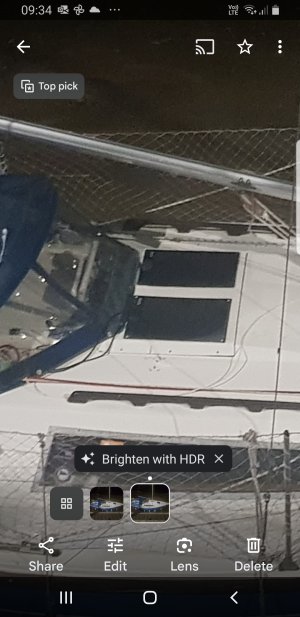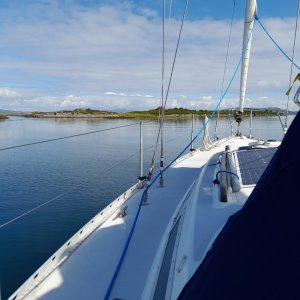Rhylsailer99
Active member
I have 2 x 20w solar panels under the boom, usually one is in shade. I was looking to uograde to 1x70w panel that will fit the same space, but after some reading I think this would be a bad idea.
Am i correct that if some of a larger panel is in shade there will be little output.
Am i correct that if some of a larger panel is in shade there will be little output.


